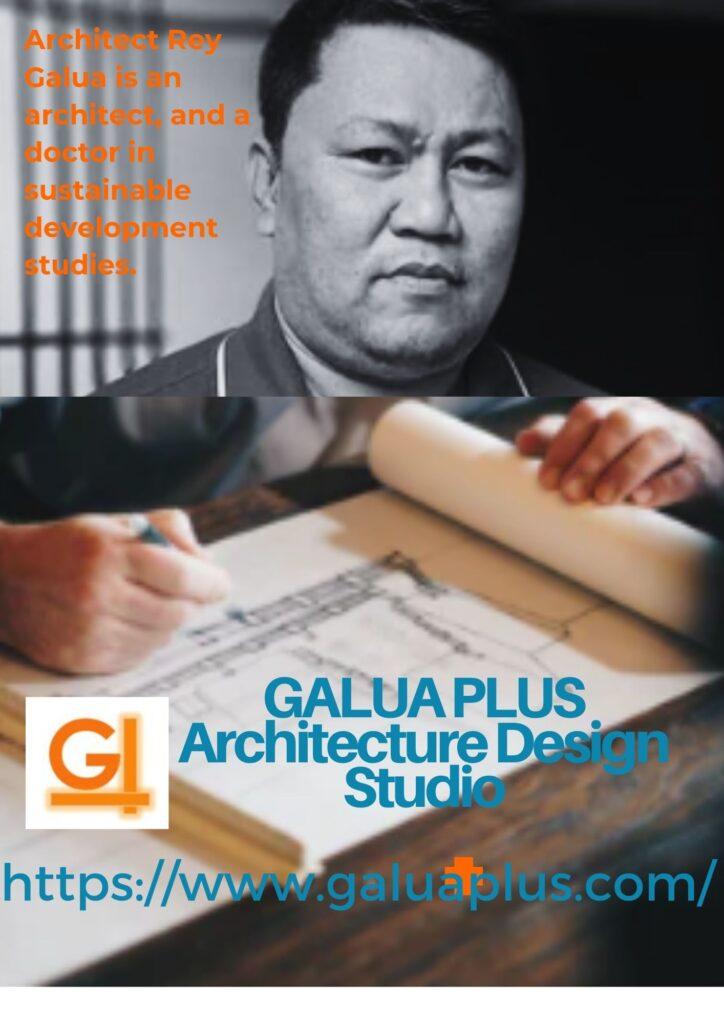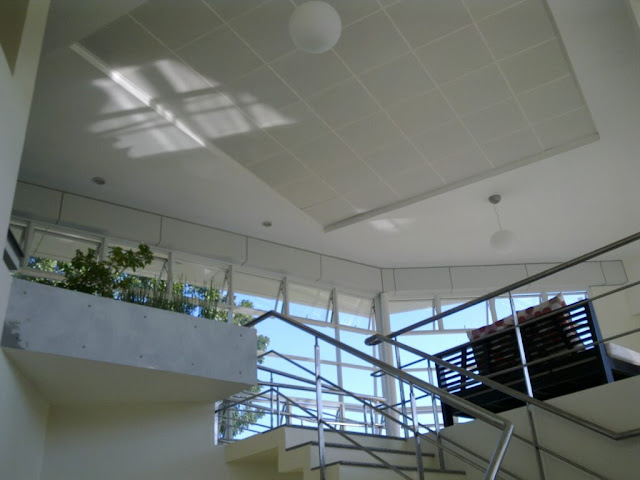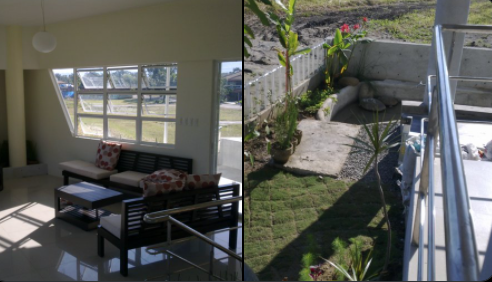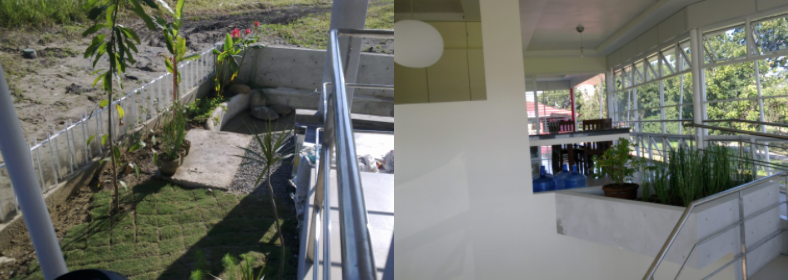GALUA PLUS ARCHITECTURAL DESIGN STUDIO AN ASSESSMENT OF SUSTAINABILITY OF A GREEN RESIDENTIAL BUILDING IN AN URBAN SETTING: FOCUS IN PUEBLO DE ORO, CAGAYAN DE ORO CITY, PHILIPPINES.
ABSTRACT
Galua Plus Architectural Design Studio. A study of the technical, economic, environmental, and architectural aspects of green residential buildings situated in an urban location has been made. In line with the overall objective of quantifying the advantage of a green residential building over traditional building designs, the research study subjects the study into five major sustainable elements namely: (a) site and sustainable development, (b) water use, (c) energy use, (d) material use and energy conservation, and (e) improved environmental quality. The study combined the standard features of sustainable architecture and globally-accepted standards for determining sustainable designs such as the Leadership in Energy and Environmental Design (LEED).
Sustainable design and construction strategies have been employed to the different elements that made a residential building a sustainable one. A sustainable strategy in the selection and site development integral to the design, construction, and implementation of green building has been developed. The results of the study reveal the following: that the building has been observed to be properly oriented with minimum levels of lighting consumption and sufficient lighting designs, and that with the implementation of the green rooftop and restoration and plantation of different species of plants a considerable amount of carbon has been offset for the growing of the plant at approximately 470 tons of carbon for the 20-year time horizon.
A sustainable strategy relative to the use of water was also developed, the results of the study indicated that with the incorporation of the water storage tanks and the consequential use of rainwater, the dependency of the residential building for commercial water has been significantly diminished. It has been observed that the normal amount of rainfall can supply the needed requirement of supplying an adequate amount of water to sustain the plants in the green rooftop and that of the planted trees and other species on the site. As to the elements of sustainable energy use, the energy usage of the green building has been compared with that of the traditional building. The results have indicated that green building has reduced its energy consumption by approximately 40% per unit of floor area when compared with that of the traditional building design. In terms of energy savings, it has been projected that due to the use of the foregoing strategies, the green building can save up to 1800 kilowatt-hours of energy annually, and the increased construction cost due to the application of these strategies may be recovered at approximately eleven years of operation of the building.
Green Residential Building
Galua Plus Architectural Design Studio. In the selection and conservation of resources associated with the construction of the green building, the study revealed that when compared to the traditional building, it has the potential to reduce approximately 40% associated carbon dioxide emissions and 40% primary energy for the construction of the green building. The calculated estimates reveal that with this strategy, it can mitigate approximately 21,000 kg of carbon dioxide of emissions to the environment and approximately 2,100 gigajoules of primary energy is avoided; as to building’s indoor environmental quality, the results of the study indicates that the resulting design has achieved the maximum natural ventilation possible. As to the acceptability of the green building, the survey results as per statistical analyses reveals a high level of acceptance of respondents in terms of the overall satisfaction features, the general and the specific features, and the given psychological indicators of the design.
Thus, consistent with the research direction and the specific objectives, the advantages of the green residential building have been quantified in terms of architecture, technical, economics, and its benefit to the environment. Its social acceptability has been proven as indicated in the survey results. Hence, it can be concluded that the construction and operation of a truly sustainable house have been achieved.
Galua Plus Architectural Design Studio shows an actual photograph of the green building showing daylight lighting on the upper floor of the residential building and at the same time permitting air circulation and natural ventilation. During warmer temperatures, the northern façade windows may be fully open and air freely passes the functional floors and exits at the lattice southern façade; likewise, during colder temperature and at night time the windows can be fully closed thus permitting the cooler inside temperature to stabilize with that of the surrounding temperature. Air circulation designs allow cooler temperatures from the upper floor to descend to the ground floor before exiting the lattice southern façade of the residential building.
The main focus of Galua Plus Architectural Design Studio is the site selection and development to have a building design compatible with the prevailing natural elements, thus creating a harmonious relationship between development and nature. As a strategy for sustainability, this study employs the construction of a green rooftop as part of one of the functionalities of the residential unit, the primary purpose of which is to offset as much as possible the environmental footprint in the construction of the residential unit. In the Figure shows an actual photograph of the outside view of the building with the green rooftop on the upper floor. Other figures also show a closer view of the green rooftop showing the different species of trees, shrubs, and grasses, the rooftop is approximate 80 square meters of planted surface.
Source:Galua Plus Architectural Design Studio
You may also like: What is all About In Galua Plus?





